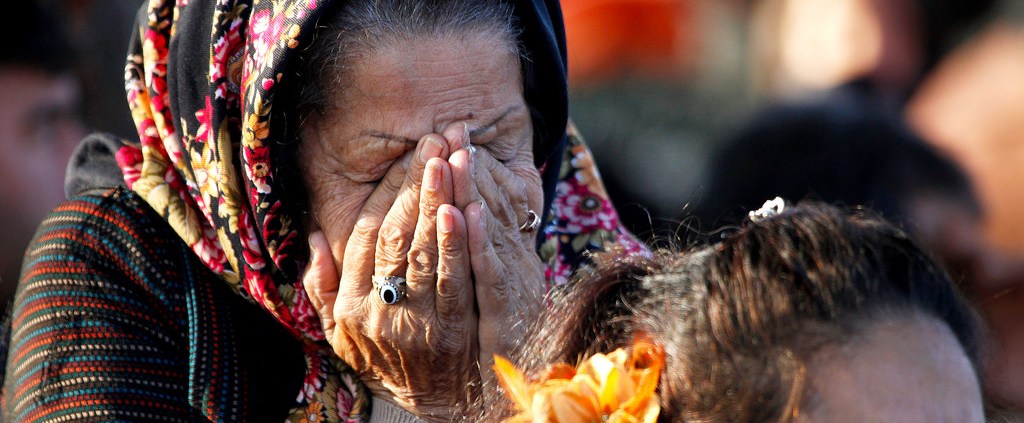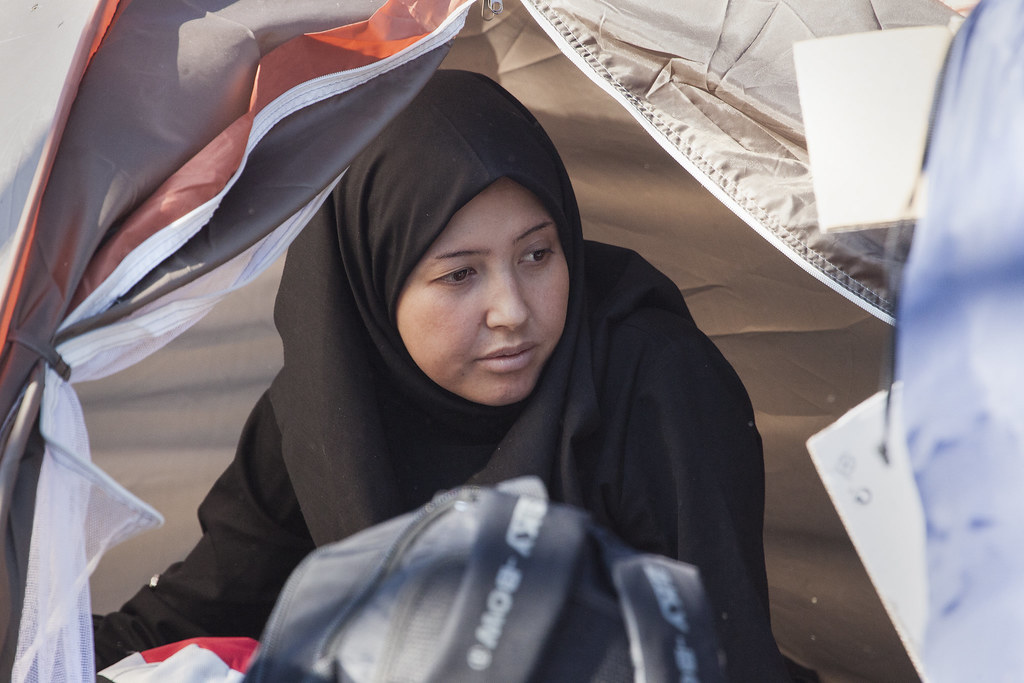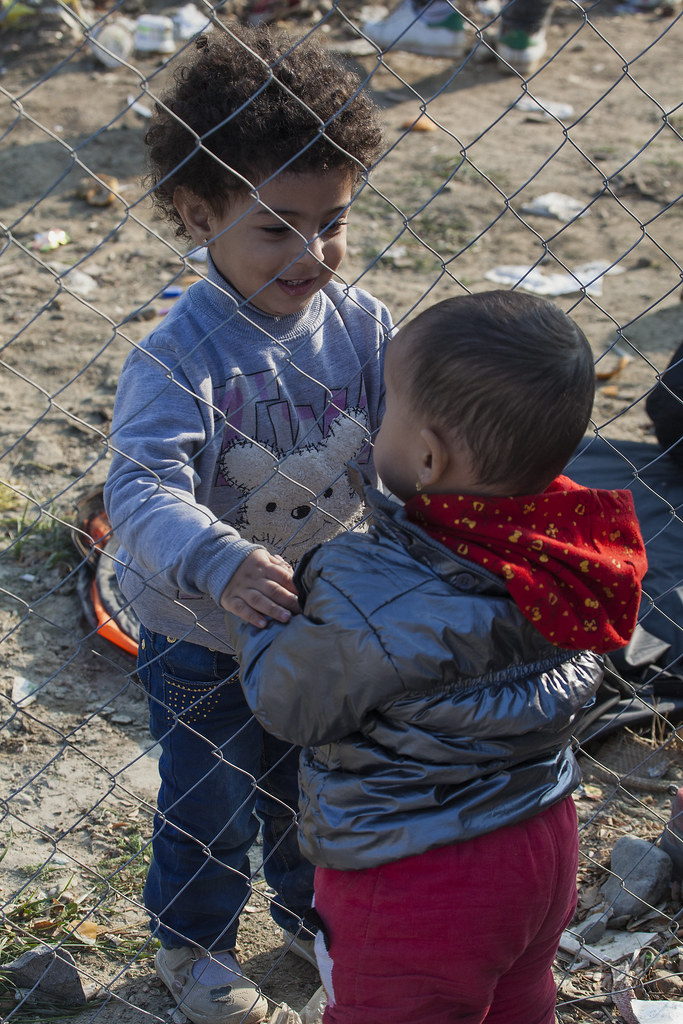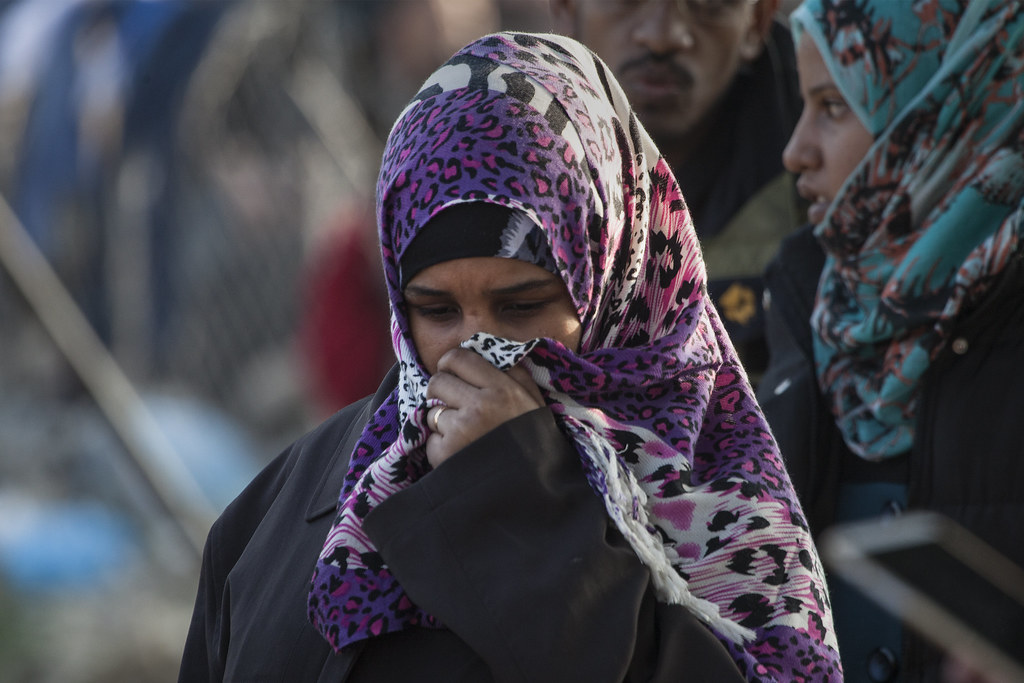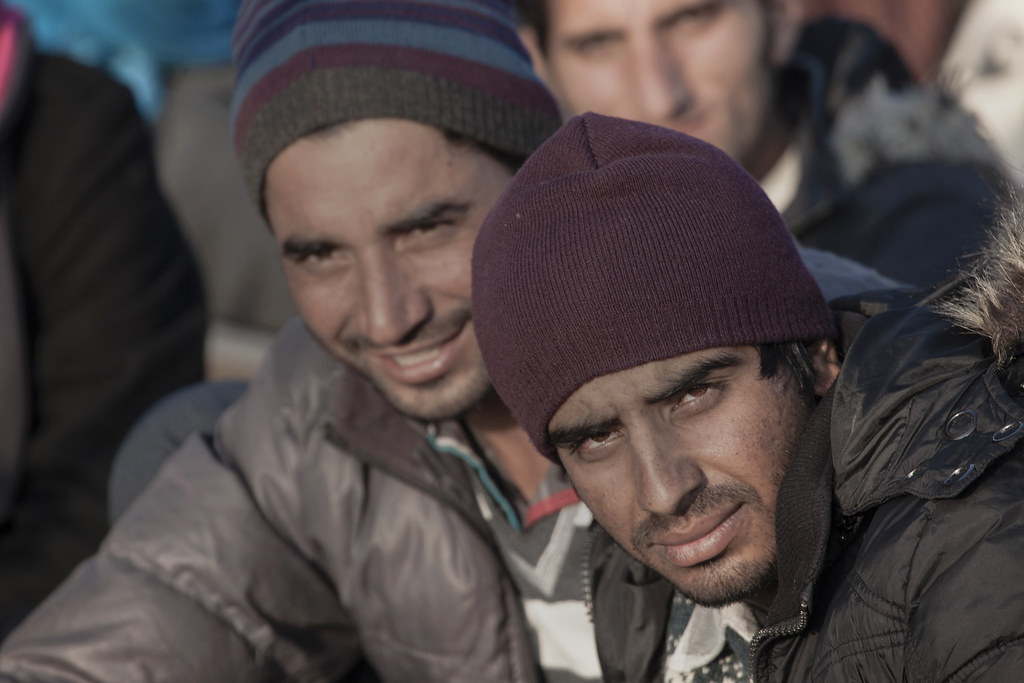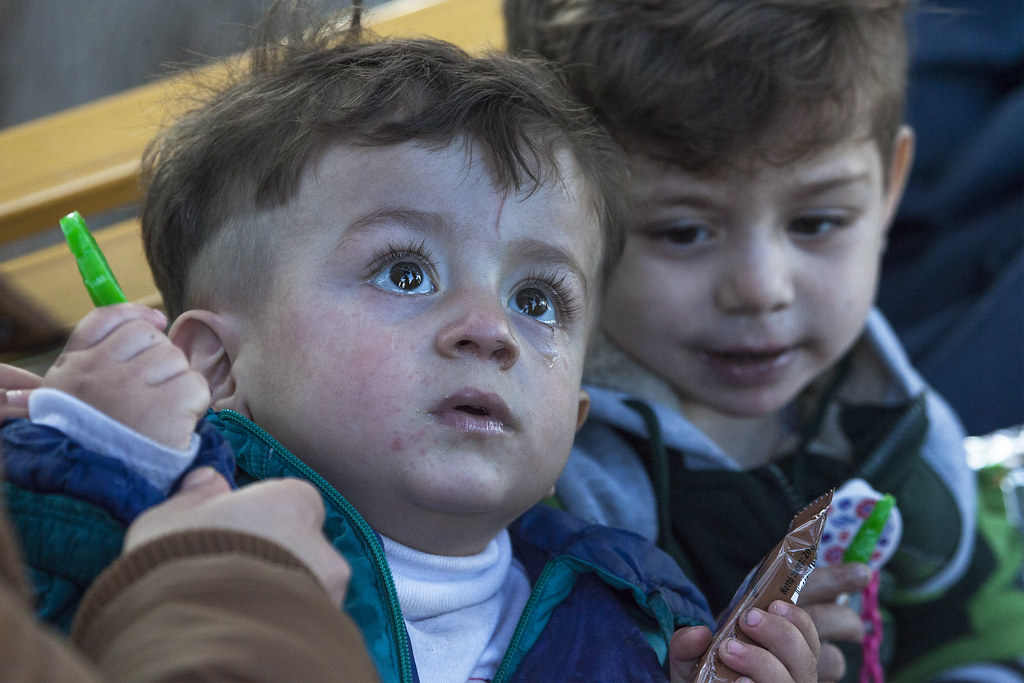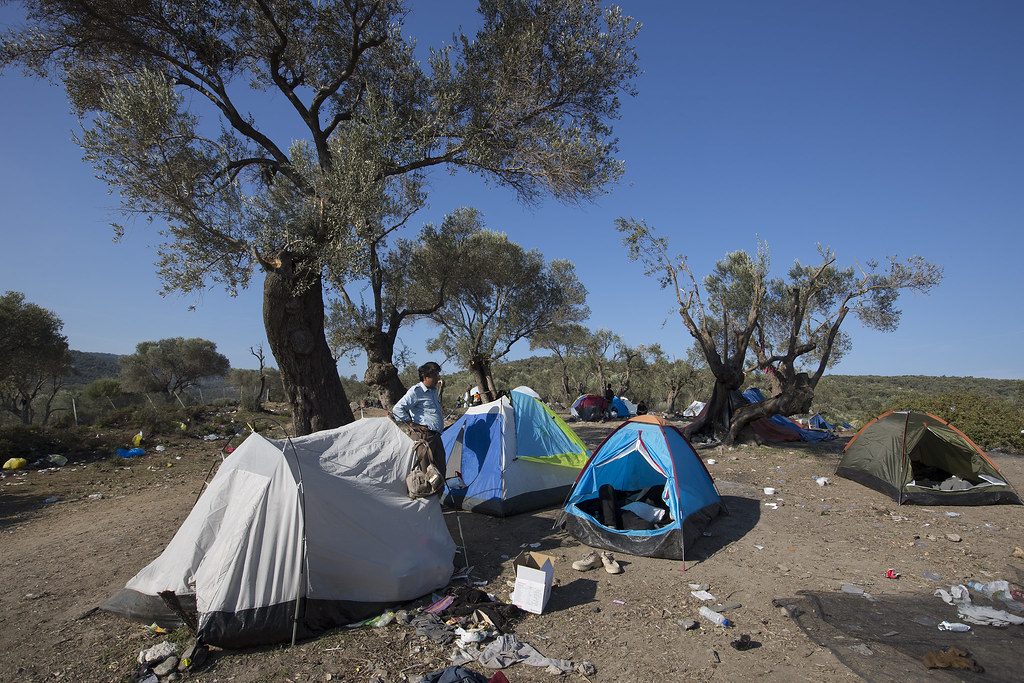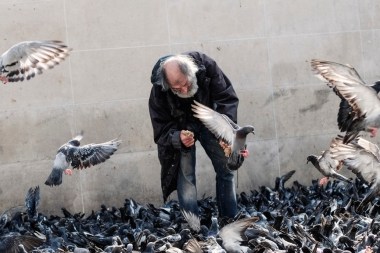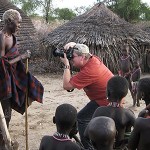
Social documentary photographer Steve Evans has had his passport stamped in more than 100 countries and photographed thousands of people over the years. His mission: tell people's stories and amplify the voice in their eyes. With increasing politicization of the refugee crisis in Europe and the United States, Steve published a collection of his images that document his experience with refugees.
“It’s hard to create ‘a’ portrait of a refugee, one that represents the whole, just as it’s hard to have ‘a’ story of a refugee, one that represents everyone,” Steve wrote in a Tumblr post about the series. “There are a million faces, a million portraits, and a million stories – each one different and unique. The sum of the parts is greater than the whole.”
Steve called this series the “Trail of Tears: Refugees In Greece.” Upon arriving from Turkey to the shores of Lesbos, a Greek island in the dangerous Aegean Sea, people have been overcome with a variety of emotions. Volunteers will be waiting to help ferry vessels to shore and distribute food, clothing, and supplies to the refugees.
“For all of them, it was the end of one journey, and the beginning of another,” Steve said.
Steve found that his photos of children were particularly emotional. “Children are often frightened, tired and confused when arriving on the Greek island,” he noted.
While political refugees seem to get special treatment (more food, medical assistance, and better tents/accommodations) by authorities, Steve said, economic refugees are often forced to live in more sparse and squalid conditions.
Steve hoped that these images, as well as his other social documentary photography, will bring dignity and awareness to the pain felt by the refugees struggling along the European Refugee Highway.
He has been particularly concerned with the way these refugees, with the same deep, human emotions as the viewers of his photography, have become the center of politicized rancor. He’s compelled to capture these moments and go beyond others’ perceptions of what a refugee is, showing the humanity in his subjects and bringing dignity to their current struggle.
“For me, photography and the camera do indeed teach one to see the world from a different perspective,” he said. “You see its beauty, its wonders, and its uniqueness in addition to its ugliness, hurts, and pain. But over time you learn to see beauty in the ugliness, hope in the hurting, nobility in the ignoble, dignity in the shamed, and riches in the impoverished.”
“You can be an advocate by way of your camera and the images you create,” he added.
“I have interacted with rebels in the Congo who have committed atrocities and those who suffered because of them, with those who have participated in the Rwandan genocide, with war widows in Sierra Leon, with lepers in Tajikistan and Mozambique, with those in a South Africa community where a majority of the population are HIV positive, with refugees from the Middle East and Central Asia and as they took their first steps off a precarious raft onto the beaches of Europe, with those trapped by the vicious cycle of human exploitation and sex trafficking in Madagascar, with South Sudanese as they woke to their first day as a free and independent nation, with those suffering in the war-torn nation of Ukraine, with those living in the infamous slums and brothels of India’s megacities, and with many, many others in both sad and joyous situations. It is my hope and prayer that in some small way I have been able to help by the photographs I’ve taken.”
To follow more of Steve’s work connect with him on Flickr, Tumblr or his photography site.
